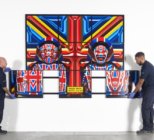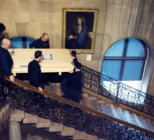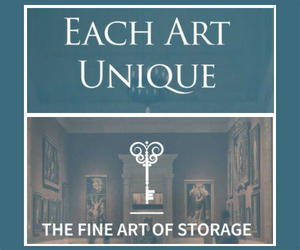What are some of the key environmental considerations for institutions seeking to arrange the packing and transportation of artworks or artefacts?
Due to the medium, size and material of many of the objects that we handle, the industry has generally had to resort to bespoke solutions for packing, many of which we acknowledge have limitations when it comes to sustainability.
The choice of which packing option to use will often depend on the requirements of the lender, however, we do try to provide both cost-effective and sustainable options. The most commonly used packing option is wooden crates which are often not suitable to be re-used so instead have to be recycled or repurposed. To try to balance this area of the industry and offer an alternative, we have recently partnered with Turtle Ltd who have created the most sustainable climate crate available on the market today, with a life span of at least twenty years.
Transportation is also a key area of concern with regards to the environment. Our environmental and social impact committee regularly review our fleet of vehicles to reflect the latest environmental regulations and ensure that our business practices align with ISO 14001 and ISO 5000 standards. The Carbon Trust then undertake regular audits and gap analysis to ensure continuous improvement in key areas. In the first instance, we are focused on reducing our carbon emissions and looking at a variety of off-setting programmes for aviation.
Not only does the packing and transportation of artworks and artefacts need to be considered when looking at environmental impact, but so do storage facilities. It is becoming ever-more essential to use energy efficient buildings to store artwork and antiquities.
These latest endeavours reflect the increasing demand for more ecologically minded shipping from our clients.

What do Turtle crates offer that alternatives do not, particularly in terms of sustainability benefits?
Turtle Ltd have been supplying re-useable crates for many years and with their new generation of crates we are hoping that our collaboration with them will encourage the sector to reduce its ecological footprint.
Traditionally when we pack artworks ready for shipment or storage, we build wooden crates to size and artwork specifications. In comparison to this solution which can only be used for transportation a handful of times, Turtle crates have a lifespan of at least 20 years. Each crate can be fully adjusted to fit a variety of different sized artworks and even store multiple works at a time.
Each crate is built and hand-crafted in the UK. The outer shell is made from composite material and helps to reduce vibration and shock whilst retaining humidity and temperature. 99% of the Turtle can be recycled once the crate can no longer be used, so the Turtle’s ecological footprint gets smaller each time it is utilised. The quality of its construction combined with the durability of its design meets all contemporary demands of art transportation.
We always think strategically, taking into consideration the objects history, size, position and location
What will differentiate Constantine’s new Art Store from other facilities in the sector?
Constantine’s innovative new art store is the culmination of all our experience and is designed with security, performance and sustainability at its core. The location of the building was carefully chosen to be within close proximity to London Heathrow, the M25 and within 30mins of central London.
The Art Store’s multi-level security systems have been designed with industry experts to utilise the highest level of technology which is monitored and controlled onsite 24 hours a day. Unlike other facilities, the use of natural gas has been completely designed out of the building which instead utilises a fully integrated ground source heating system for its heating and cooling requirements. This long-term investment will reduce energy consumption by 75%.
The new Art Store is over 17,000 square metres, offering a variety of different storage options for our clients. We have incorporated solar photo voltaic panels which will provide an expected 35% reduction in day to day electricity use. The surface drainage system will include the implementation of a grey water filtration and storage system – the water collected will be used for the truck wash down area. We have also installed electric charging stations in the parking areas for future additions to our fleet and to encourage personal use of electric vehicles.
In terms of energy efficiency, we believe that it will be the best performing building of its type in the UK.
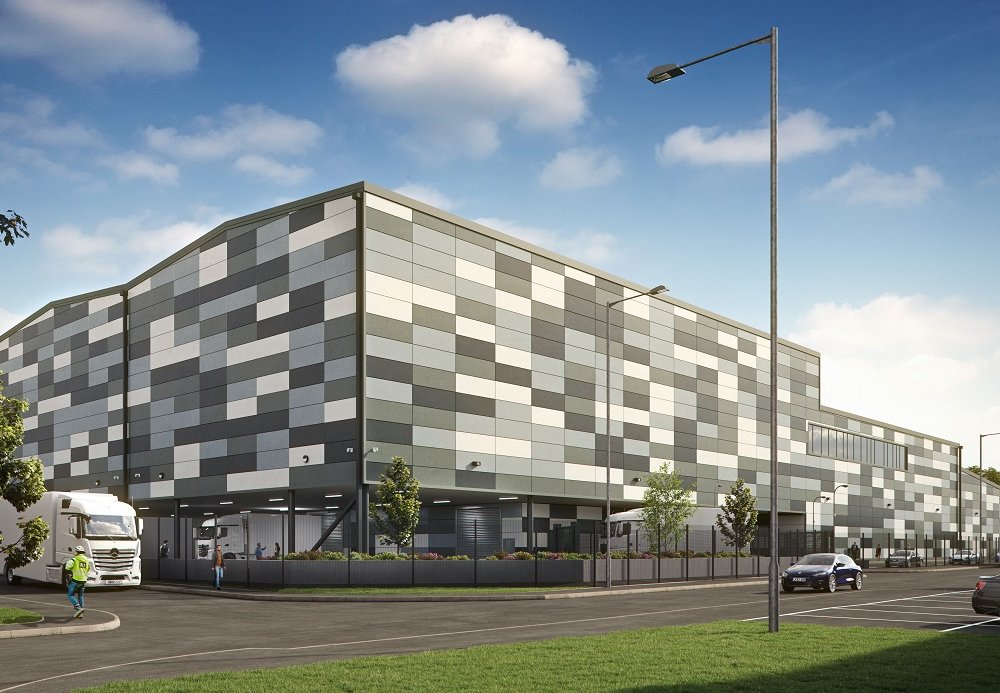
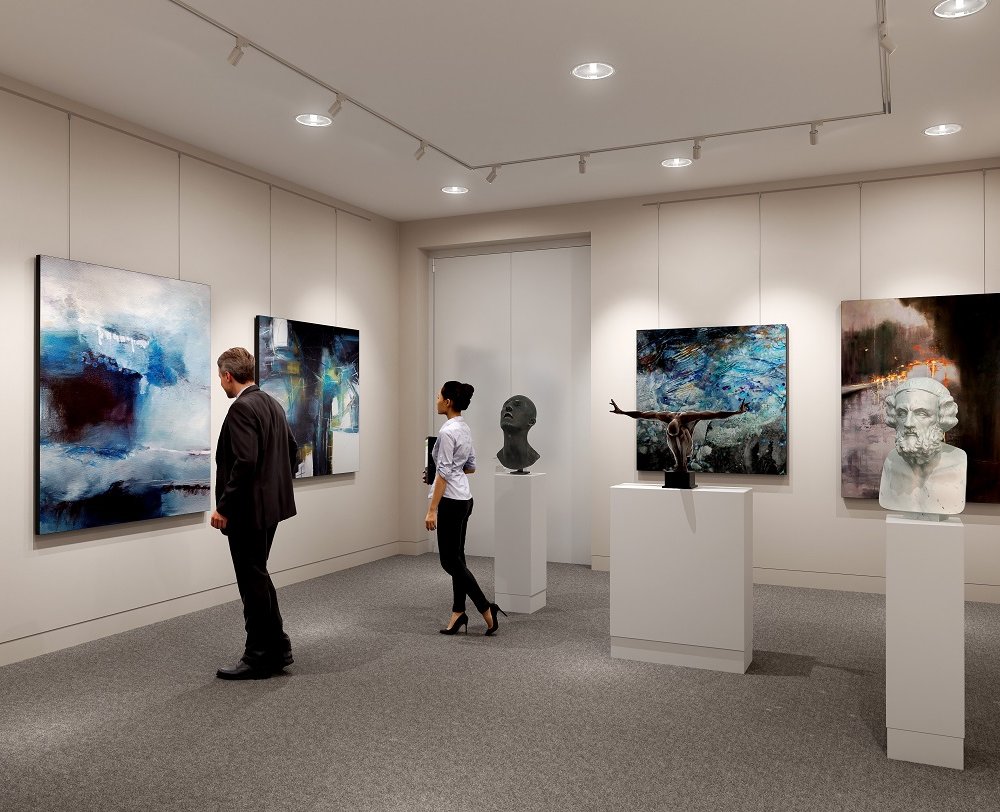
Given that Constantine has worked on some vast, unique projects, what are some of the key challenges posed by relocating unconventional exhibits – and how has the company innovated to make this niche space its own?
The main challenge with unconventional exhibits is that they are, by their very nature, non-generic and unique. Before we undertake such a project, we often do preliminary viewings and conduct research to gain a good understanding of the item. This research can be technical in its nature, historical, anecdotal or investigative.
We always think strategically, taking into consideration the objects history, size, position and location. During the preparatory stages of relocating Dippy the Dinosaur at the Natural History Museum, the 130-piece historic skeleton was surrounded by other specimens which had to remain in place. In addition, this 4-tonne skeleton had not been removed from its location since the 1930s. It was important that we understood the skeletal structure, individual parts and its supporting armature.
Constantine Technical Managers will strive to gain a deeper understanding of the specific nature of the object. They are all creative people who can think outside the box but retain attention to detail and a flexibility to overcome unique challenges. We often use digital modelling to plan the lift or movement of an object and present this to the client. We may also need to consider the design and fabrication of individual support structures, particularly for non-standard objects. This requires experience and skill amongst the whole Technical Team.
Being able to project manage effectively, motivate and engage with colleagues and our clients is integral to what we do.
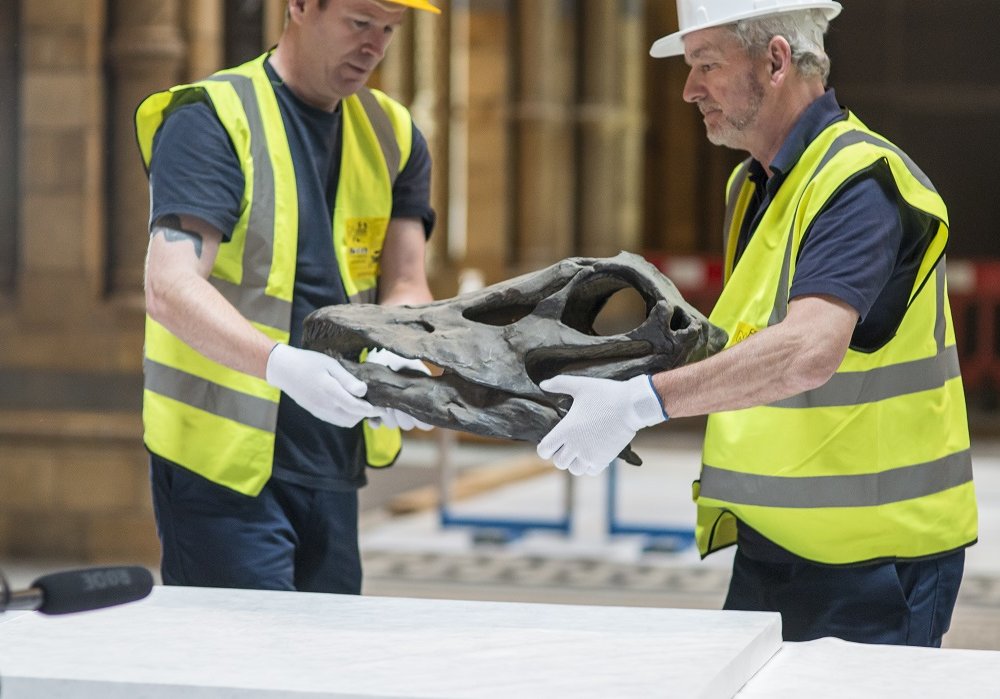

What unique challenges are posed by packing and transporting for export – and do you foresee big changes to this in light of Brexit?
We are currently in a transitional period which began immediately on Friday 31st January and is due to end on December 31st. During this period, nothing will change in terms of the movement of goods, whether we export or import to and from the EU or the rest of the world. All transport, customs, VAT, regulatory and rules of origin arrangements remain unchanged for the whole of this year.
On 31st December, procedures will likely change if the transition period is not extended. Brexit will bring fresh challenges to the art industry in the UK, however, we believe that the largest change will be additional staffing for companies and organisations – with the initial possibility of customs delays in both administrative and operational areas. This is because movement to an EU member state will now require the addition of an export customs declaration whereas before this was not required.
Any additional delays caused by customs declarations on departure from the UK will add time onto journeys to EU destinations. This could bring about more overnight stops, discussions regarding courier welfare on long trips and potential cost increases.
Our systems, policies and customs procedures regarding a potential tariff system implementation have been in place for over two years and we have confidence in those systems, but it is difficult to fully mitigate for delays given the amount of exports/imports that travel via the Channel.
Our Customs Team meet regularly with Government and Trade associations to discuss any developments and we shall always inform our clients of any new procedure in advance of implementation.



